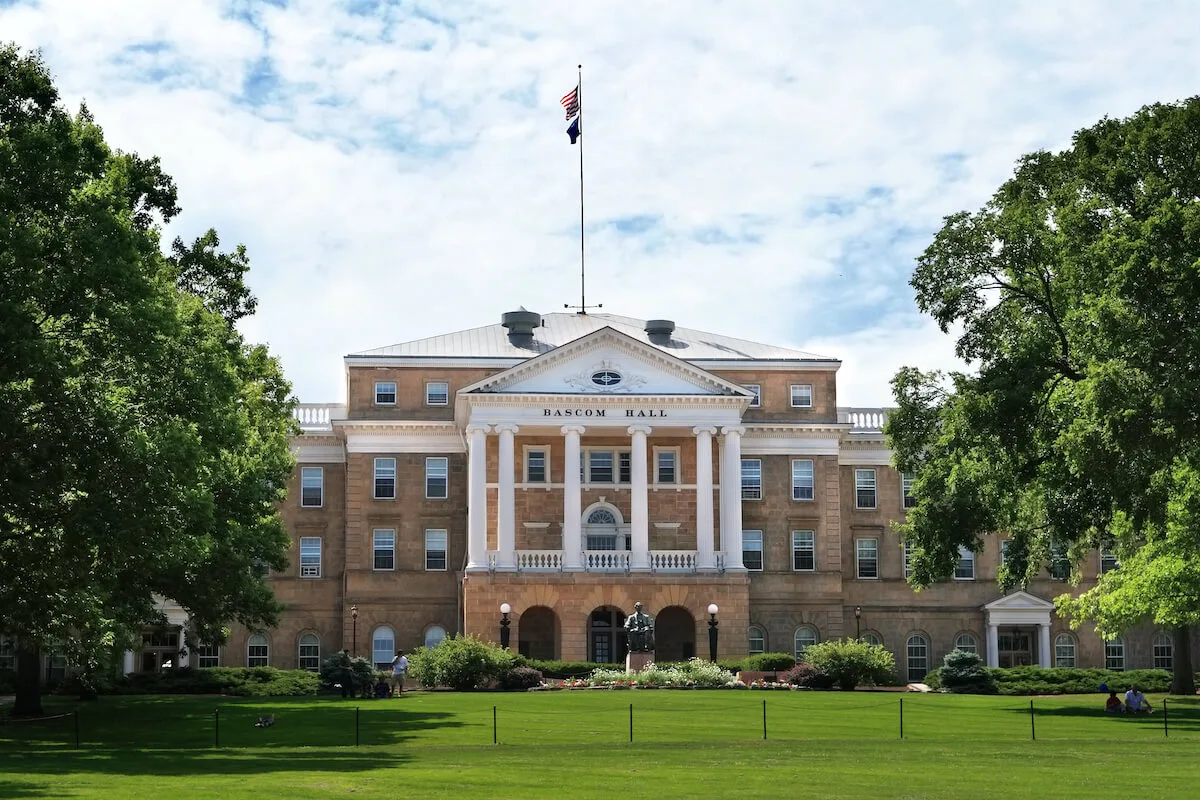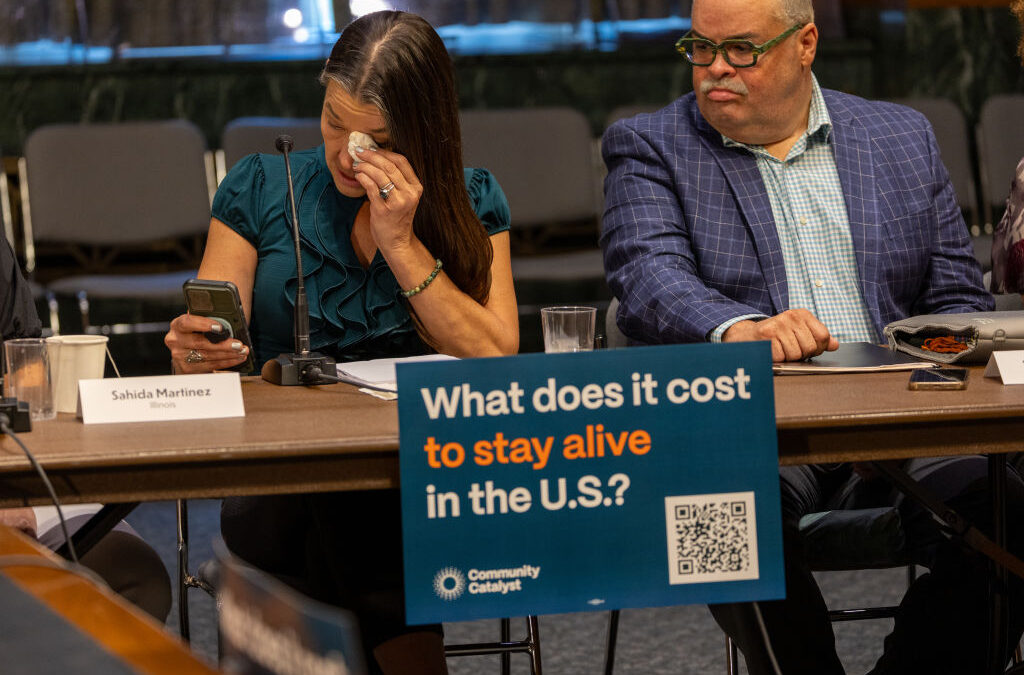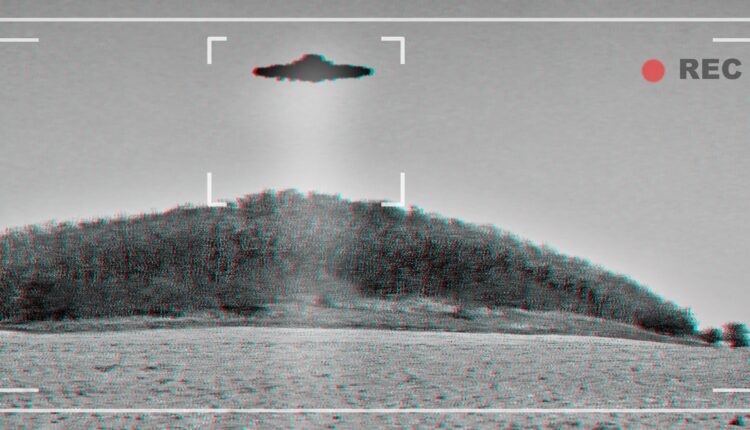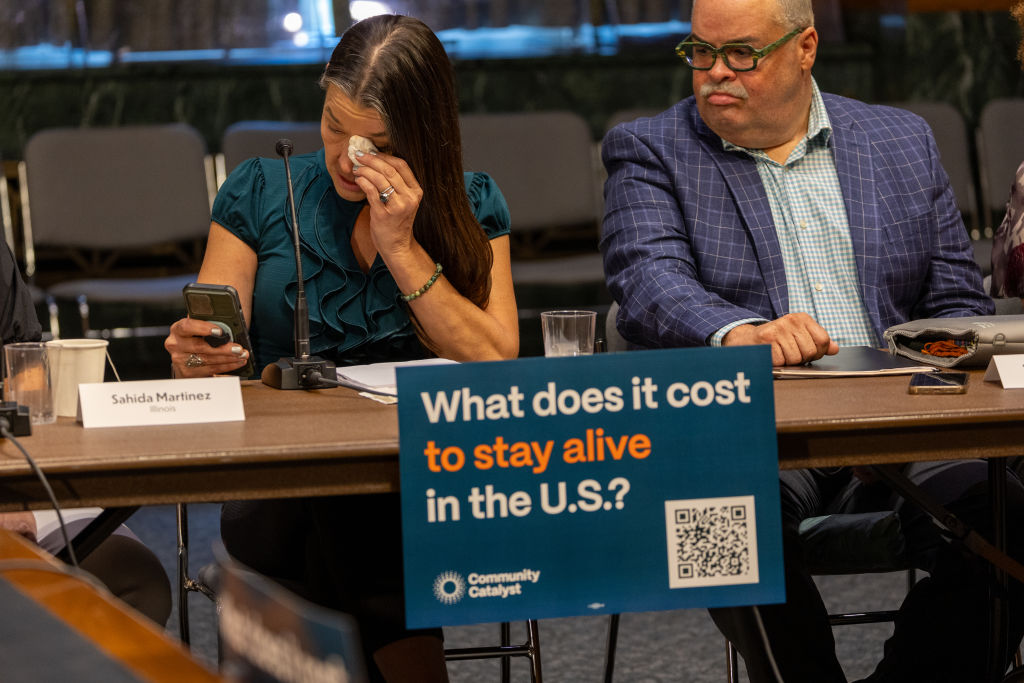
#image_title
#image_title
Wisconsin needs strong schools to attract and maintain a healthy workforce, but the state’s top two research colleges face numerous struggles.
When Gov. Tony Evers introduced his proposed budget, it included a $190 million investment in the UW System, which was double what the system requested and what Interim System President Tommy Thompson said was “probably the best budget for the university in about 20 years—since I was governor.”
But Republicans on the Joint Finance Committee cut that down to an $8.25 million increase in funding and an offer to end the state’s eight-year tuition freeze, all while complaining about the state’s workforce shortage.
The chain of events was emblematic of struggles now facing Wisconsin’s public university system.
If Wisconsin is going to have a healthy workforce in the future, it will require schools that are strong and affordable. But years of stagnant state funding, a tuition freeze, and lower enrollment—plus the COVID-19 pandemic—have taken a toll on the University of Wisconsin system, particularly at the system’s two top-tier research institutions, UW-Madison and UW-Milwaukee.
In December the Wisconsin Policy Forum (WPF), a nonpartisan policy research organization, released a report focused on UW-Madison, UW System’s top research institution, and the UW System as a whole. As a follow-up, on Thursday WPF released a report focused on the University of Wisconsin-Milwaukee, the state’s third largest research institution and the UW campus that serves the largest number of Black, Latino, and Asian students, as well as students enlisted in the military or veterans.
Both reports show how the decline of state funding coupled with low enrollment has put the renowned university system in a bind. The COVID-19 pandemic has only put gasoline on the fire.
Stagnant State Funds
As recently as 2010, state and local funding made up the majority of funds for Wisconsin’s public universities, but that has steadily declined. In 2000, state and local funding per student was 6.4% higher than the national average. By 2019 it had fallen to 16.5% below the national average.
In 2019, UW-Milwaukee received 27.9% less state funding per student than peer universities and the second-lowest combined state funding, tuition, and fee revenue per student of its peers, 23.1% below the average. From 2011 to 2021, UW-Milwaukee’s revenues increased by only 11%, which the paper’s authors pointed out is less than the rate of inflation. Adjusted for inflation, the university’s revenues have actually decreased by 0.4% over the last decade.
The reduction in funding left the system vulnerable to economic turbulence, such as the COVID-19 pandemic. In June, the UW System announced it had suffered a net loss of $158.6 million. In October, UW-Madison announced that, due to a $320 million loss in revenue, it would continue to furlough employees and cut employee pay.
While UW-Milwaukee has received $94.9 million in federal COVID-19 relief, the university is required to use $42.1 million for emergency grants for students who have been financially impacted by the pandemic. That leaves just $52.7 million to make up for the $91.8 million in total losses the university reported. Through employee furloughs and reductions in hiring, travel, and other spending, UW-Milwaukee has managed to save $32 million so far in 2021.
RELATED: In Milwaukee, Harris Touts Biden’s Proposed Investments in Research and Development
The university also has the third-lowest faculty salaries among its peer research institutions. And while those peer institutions received a 13.8% research and development funding increase, UW-Milwaukee has actually cut that funding by 12.1%, from $61.2 million in 2011 to $53.8 million in 2019.
Impact on Potential Students
As a result of the money struggles, the report also found that the university has fallen behind its peers in salaries to attract and retain faculty and in funding for research and development.
Wisconsin’s population woes, which are causing a workforce shortage across the state, are also having an impact on enrollment. From 2011 to 2019, enrollment statewide at public universities and trade schools dropped by 13%, though those losses were not evenly distributed. UW-Madison, Green Bay, and La Crosse saw enrollment increase during that time period, while UW-Milwaukee had the second-highest drop in enrollment out of the UW campuses, behind only UW-Stevens Point.
One factor in the drop in enrollment at UW-Milwaukee is the decline of high school graduation rates in the Milwaukee area, particularly among young white students who are typically more likely to enroll in college. The largest demographic group that accounted for the drop was white students, whose enrollment at UW-Milwaukee dropped by 30.3% between 2011 and 2021. Enrollment of students of color rose during that time period, but not enough to make up for the loss in white student enrollment.
But there are also signs that the decline in funding is having an impact on enrollment. UW-Milwaukee graduates have higher debt levels than other UW System schools because the decline in state aid has also translated into a decline in financial aid for students. Another group that has declined in enrollment has been students who receive Pell Grants, which go primarily to undergraduate students from low-income families. UW-Milwaukee’s proportion of Pell Grant students peaked in 2012 and has dropped 23.4% since then.
“In raw numbers, the decline in Pell Grant students made up 70.8% of the overall drop in undergraduates during those years even though they comprise only 33.7% of the overall undergraduate student body,” the report read.
UW-Madison’s retention rate has also declined, which requires the school to recruit more students to maintain enrollment numbers. The report’s authors warn that the system needs to figure out how to reverse these trends.
“Though the causes of the enrollment loss merit further examination, the effects are already clear,” the report read. “The decline exacerbates [UW-Milwaukee’s] other financial difficulties stemming from the tuition freeze and lagging state aid and adds to the threat to its long-term health.”
Politics

Opinion: It’s time for Congress to fight for small businesses instead of big corporations
May is National Small Business Month. Our elected leaders need to show leadership all year long. For the past 27 years I’ve been fortunate to pursue...

Here’s what you need to know about medical debt in Wisconsin
Medical debt—a financial burden for tens of millions of Americans facing hundreds of billions of dollars in health care costs—affects everyone,...
Local News

Sip, sit, stay: 7 dog-friendly businesses in Eau Claire
When the sun’s out, everyone wants to be outside drinking and dining — including dogs! But not all establishments allow four-legged, furry visitors....

The 8 most convincing UFO sightings in Wisconsin history
If you’ve ever seen something light up in the sky and wondered what it could be, there’s a chance it’s a UFO, especially if you’re in Wisconsin. The...




